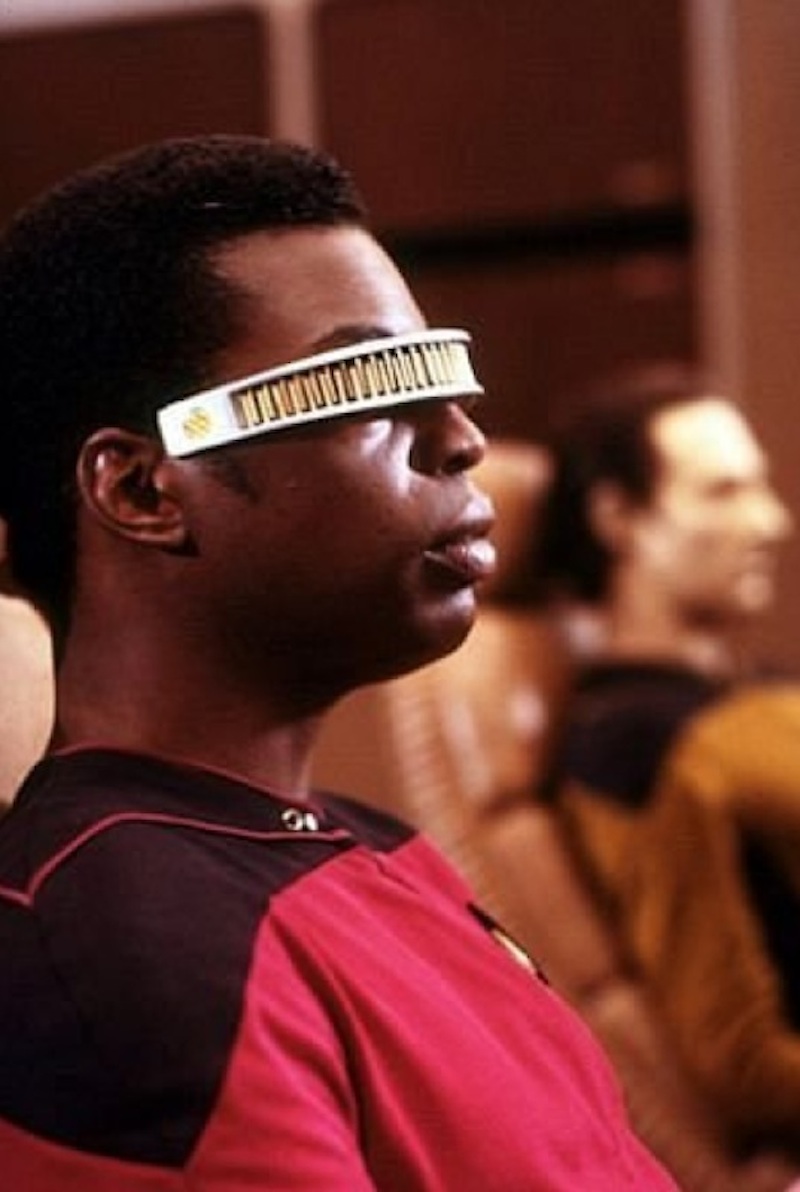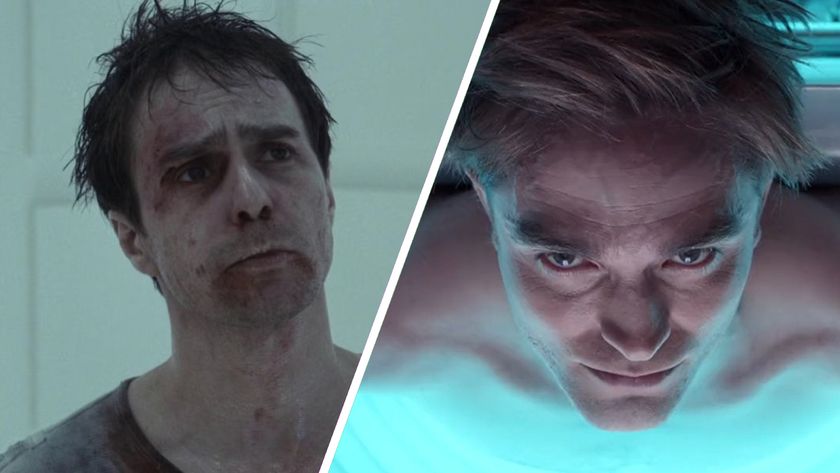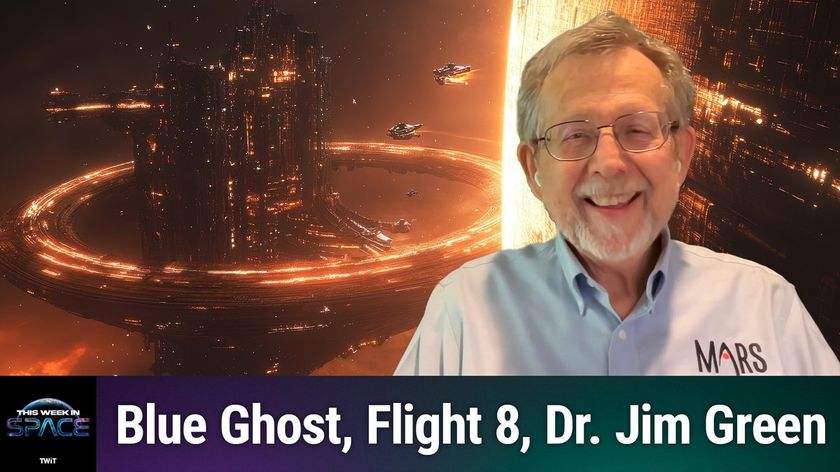How 'Star Trek' Vision of Future Inspired Next Generation Actor LeVar Burton

Playing Geordi La Forge on TV's "Star Trek: The Next Generation" was more than just a job to actor LeVar Burton.
Gene Roddenberry's "Star Trek," which preceded "The Next Generation", gave Burton a glimpse into a hopeful future as a child growing up during the civil rights movement in the United States. Burton started off as a fan of the venerable TV show, he said last week at the third annual 100 Year Starship symposium, a conference looking at ways to inspire people around the world to get involved in sending humanity to the stars.
"I was a young, black kid growing up in Sacramento, California, hooked on sci-fi," Burton said. "'Star Trek' was one of the few representations of the future that included me. I was really attached to Gene's vision. … 'Star Trek' has always represented that hopeful aspect of this yearning that we have. When I was a kid, that was the present I wanted to live in." [Starship Evolution: Many Faces of the U.S.S. Enterprise in Photos]
Burton also thinks that science fiction today has a lot to learn from "Star Trek's" vision of the space-faring world of the future: "I wish there were more hope in the science fiction voice," Burton said.
Burton isn't the only "Star Trek" actor who started off as a fan inspired by the show. Whoopi Goldberg, who played bartender Guinan on "Star Trek: The Next Generation", also remembers watching the original "Star Trek" series when she was growing up in the 1960s.
"Well, when I was 9 years old, 'Star Trek' came on," Goldberg has said, as quoted by startrek.com. "I looked at it, and I went screaming through the house, 'Come here, Mum, everybody, come quick, come quick, there's a black lady on television, and she ain't no maid!' I knew right then and there I could be anything I wanted to be."
While 'Star Trek' influenced people around the world, the show's unique brand of science fiction has also greatly influenced some real science being conducted today.
Get the Space.com Newsletter
Breaking space news, the latest updates on rocket launches, skywatching events and more!
"I was at a conference earlier this year in San Francisco," Burton said. "We are working on geosynchronous architecture in computers that will enable us to maximize the computing power and give us the opportunity to, in real time, do more and complicated computations that would be required for something like a holodeck." On "Star Trek: The Next Generation," the holodeck was a reality simulator that could replicate various environments.
Scientists working with NASA are also looking into warp drive technology, and recently a crowdfunding campaign to create the Scanadu Scout — a medical device like the tricorders used on the show — raised more than $1.5 million on Indiegogo.com.
The TV show is even beloved by scientists working for real-life space agencies. Earlier in September, NASA used a quote and theme music from "Star Trek" to add a little dramatic flare when officials from the agency announced that Voyager 1 became the first object built by humans to reach interstellar space.
Follow Miriam Kramer @mirikramer and Google+. Follow us @Spacedotcom, Facebook and Google+. Original article on SPACE.com.
Join our Space Forums to keep talking space on the latest missions, night sky and more! And if you have a news tip, correction or comment, let us know at: community@space.com.

Miriam Kramer joined Space.com as a Staff Writer in December 2012. Since then, she has floated in weightlessness on a zero-gravity flight, felt the pull of 4-Gs in a trainer aircraft and watched rockets soar into space from Florida and Virginia. She also served as Space.com's lead space entertainment reporter, and enjoys all aspects of space news, astronomy and commercial spaceflight. Miriam has also presented space stories during live interviews with Fox News and other TV and radio outlets. She originally hails from Knoxville, Tennessee where she and her family would take trips to dark spots on the outskirts of town to watch meteor showers every year. She loves to travel and one day hopes to see the northern lights in person. Miriam is currently a space reporter with Axios, writing the Axios Space newsletter. You can follow Miriam on Twitter.











